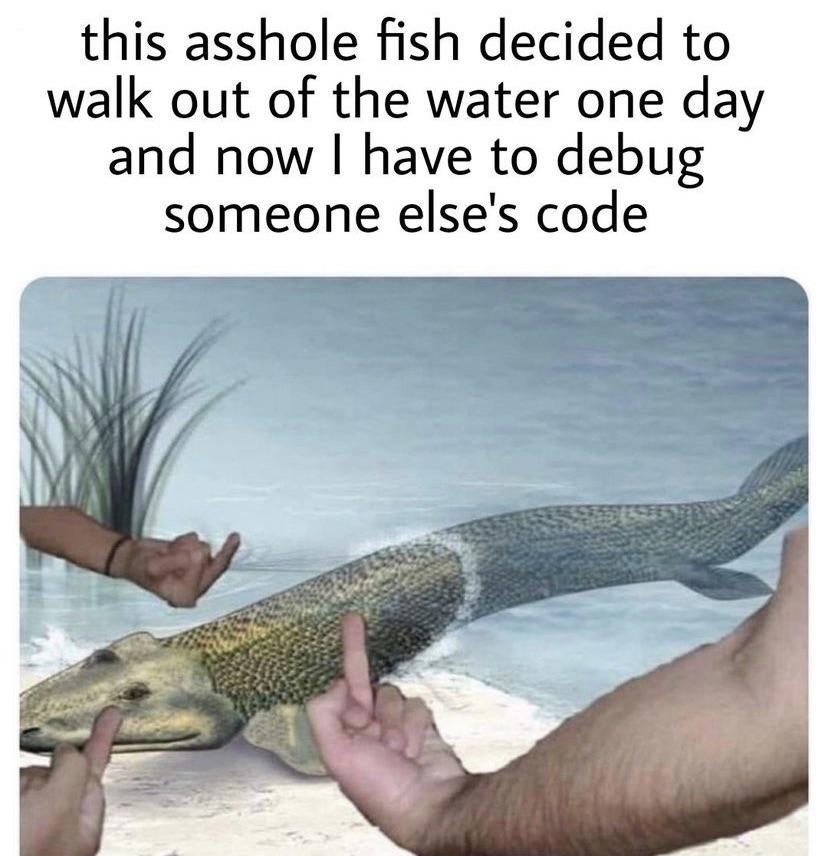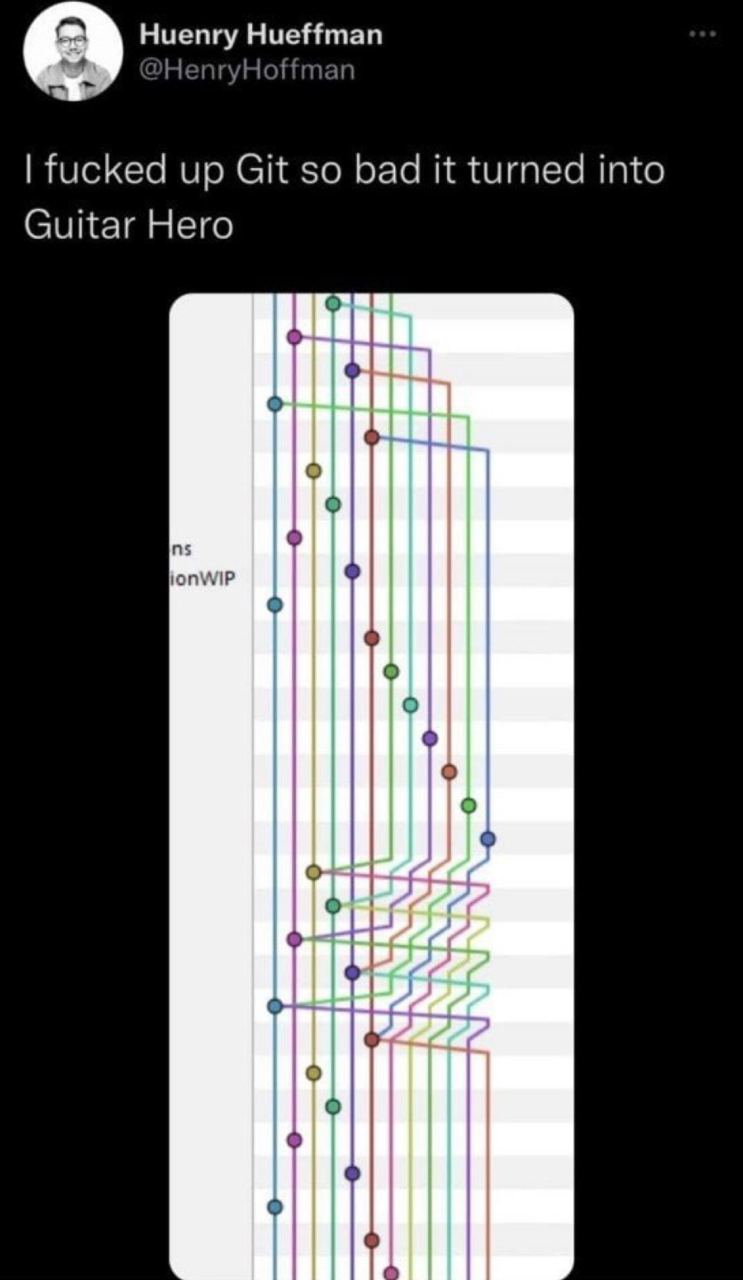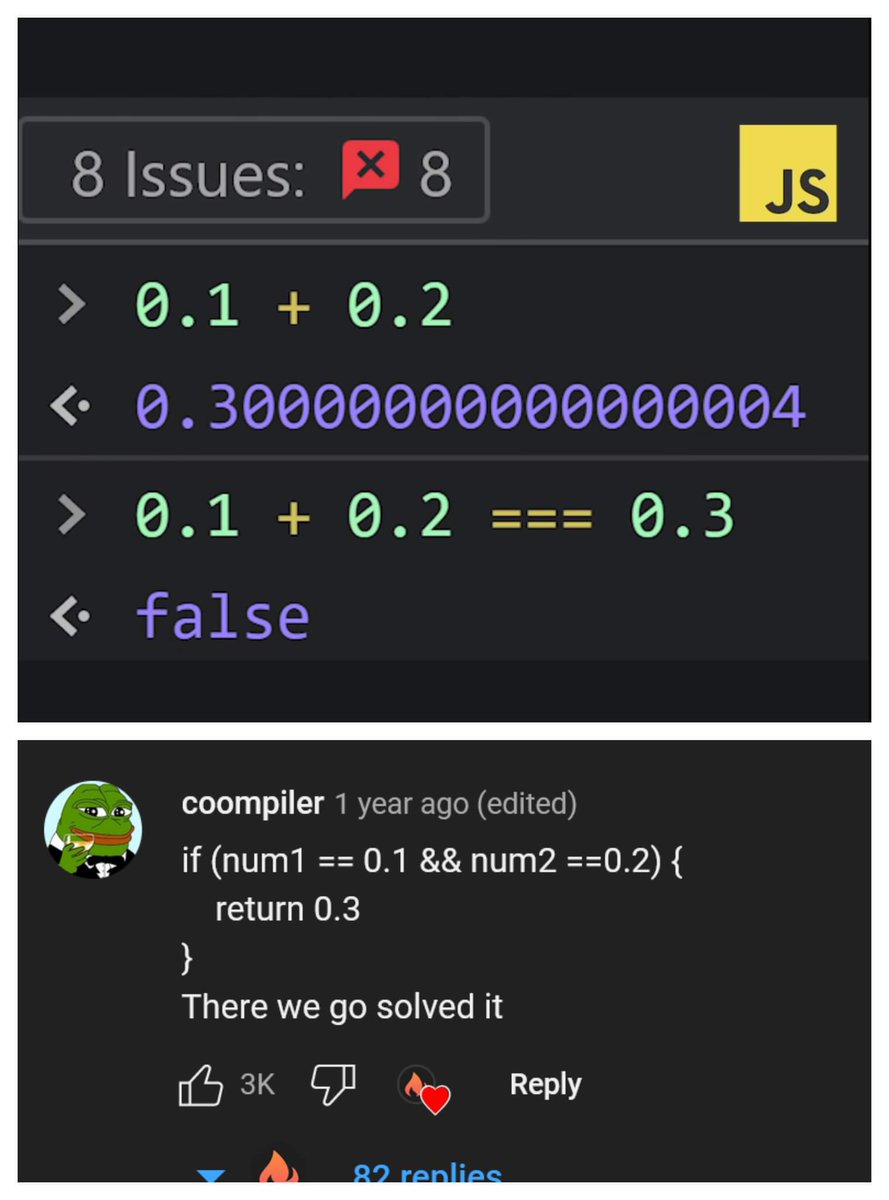👋 Hello everyone, welcome to our Weekly Discussion thread!
This week, we’re interested in your thoughts on AI safety: Is it an issue that you believe deserves significant attention, or is it just fearmongering motivated by financial interests?
I've created a poll to gauge your thoughts on these concerns. Please take a moment to select the AI safety issues you believe are most crucial:
VOTE HERE: 🗳️ https://strawpoll.com/e6Z287ApqnN
Here is a detailed explanation of the options:
-
Misalignment between AI and human values: If an AI system's goals aren't perfectly aligned with human values, it could lead to unintended and potentially catastrophic consequences.
-
Unintended Side-Effects: AI systems, especially those optimized to achieve a specific goal, might engage in harmful behavior that was not intended, often referred to as "instrumental convergence".
-
Manipulation and Deception: AI could be used for manipulating information, deepfakes, or influencing behavior without consent, leading to erosion of trust and reality.
-
AI Bias: AI models may perpetuate or amplify existing biases present in the data they're trained on, leading to unfair outcomes in various sectors like hiring, law enforcement, and lending.
-
Security Concerns: As AI systems become more integrated into critical infrastructure, the potential for these systems to be exploited or misused increases.
-
Economic and Social Impact: Automation powered by AI could lead to significant job displacement and increase inequality, causing major socioeconomic shifts.
-
Lack of Transparency: AI systems, especially deep learning models, are often criticized as "black boxes," where it's difficult to understand the decision-making process.
-
Autonomous Weapons: The misuse of AI in warfare could lead to lethal autonomous weapons, potentially causing harm on a massive scale.
-
Monopoly and Power Concentration: Advanced AI capabilities could lead to an unequal distribution of power and resources if controlled by a select few entities.
-
Dependence on AI: Over-reliance on AI systems could potentially make us vulnerable, especially if these systems fail or are compromised.
Please share your opinion here in the comments!



This is pretty awesome and it shows how far .NET has come in recent years.